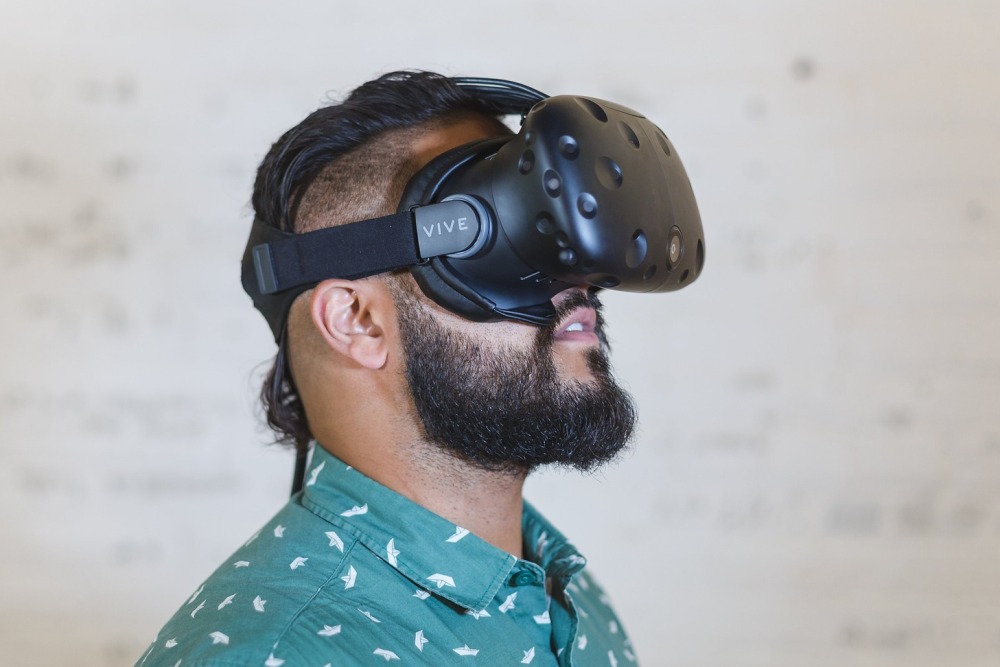
Virtual Reality (VR) technology is revolutionizing how air conditioning (AC) systems are installed and maintained. By providing an immersive viewing experience for technicians, VR can provide a real-time look at the entire system, from the thermostat to the ducts, enabling them to work quickly and accurately. With this enhanced level of detail available in virtual reality systems, AC units can be installed and serviced faster than ever before. In this article, we'll explore why virtual reality is such a valuable tool for AC installation and maintenance processes and how it can help improve operations for businesses and homeowners alike.
Enhancing Operational Efficiency
Virtual reality enables technicians to assess problems more quickly by providing them with a detailed, 3D view of the system. By providing an immersive viewing experience, technicians can quickly and accurately conduct AC repair—whether it's to identify and diagnose issues—to get AC systems up and running as quickly as possible. With VR technology, installation times for new AC units are reduced significantly which reduces labor hours and lowers costs for businesses.
Improving Accuracy
VR eliminates the guesswork in air conditioning maintenance by providing precise measurements of components using three-dimensional models. This detail helps technicians understand exactly how to repair or install a component without any surprises during the process. By improving accuracy with 3D data, virtual reality also allows for more accurate predictive analytics when it comes to predicting future problems with an AC unit before they even arise - helping homeowners save time and money.
Enhancing Safety
One of the biggest benefits of virtual reality for AC installation and maintenance is the enhanced safety it provides technicians. By avoiding potential hazards in physical environments, such as ladders or crawl spaces, VR gives technicians a safe and secure way to perform their work without putting themselves at risk. With virtual reality, technicians can also easily simulate high-risk scenarios before they ever enter a real-world environment - reducing the chances of an accident occurring during maintenance operations.
Increasing Collaboration
Virtual reality allows multiple technicians to collaborate on AC projects simultaneously, even if they're located in different areas or countries. Technicians can view 3D models of the system together and discuss solutions in real-time. This enhances communication between technicians and helps ensure that the job is completed quickly and accurately. By working together in VR, technicians can share their knowledge and expertise to come up with the best possible solution for each individual case - saving time and money while also providing a better customer experience.
Reducing Training Time
With VR, technicians can learn how to install or service an AC unit in a fraction of the time it would take using traditional methods. VR provides an interactive learning experience where technicians can see each step of the process in 3D and get feedback right away when mistakes are made - reducing training time significantly.
Increased Cost Savings
By reducing labor hours, personnel needs and the time it takes to diagnose and fix problems in AC systems, virtual reality can help reduce costs for businesses and homeowners alike. With VR technology, technicians can complete jobs more quickly while also decreasing the margin of error—helping to maximize overall cost savings. This not only helps businesses save money on their bottom line but also makes air conditioning services more affordable for customers.
Virtual reality is revolutionizing air conditioning installation and maintenance processes by providing enhanced operational efficiency, accuracy, safety, collaboration, and training for technicians all over the world. As this technology continues to evolve, we'll likely see even more benefits from its use as it becomes more commonplace in the AC industry. With its increased accessibility and ease of use, virtual reality is quickly becoming a valuable tool for AC installation and maintenance operations.
EDITORIAL POLICY
The Flash List is dedicated to providing trustworthy editorial content by maintaining strict ethical standards, journalistic integrity, and credible professionalism regardless of any remuneration as working media. The Flash List is not affiliated with third-party companies mentioned and makes no endorsement or guarantee expressed or implied. The preceding article, which contains affiliated link(s) for which compensation was received, is intended for informational reference only and does not constitute advice of any kind. Moreover, a qualified professional should be consulted regarding any lifestyle consideration, medical treatment, or monetary transaction, etc. Content is published in accordance with USFTC regulations and terms and conditions.
MORE ON THE FLASH LIST
































